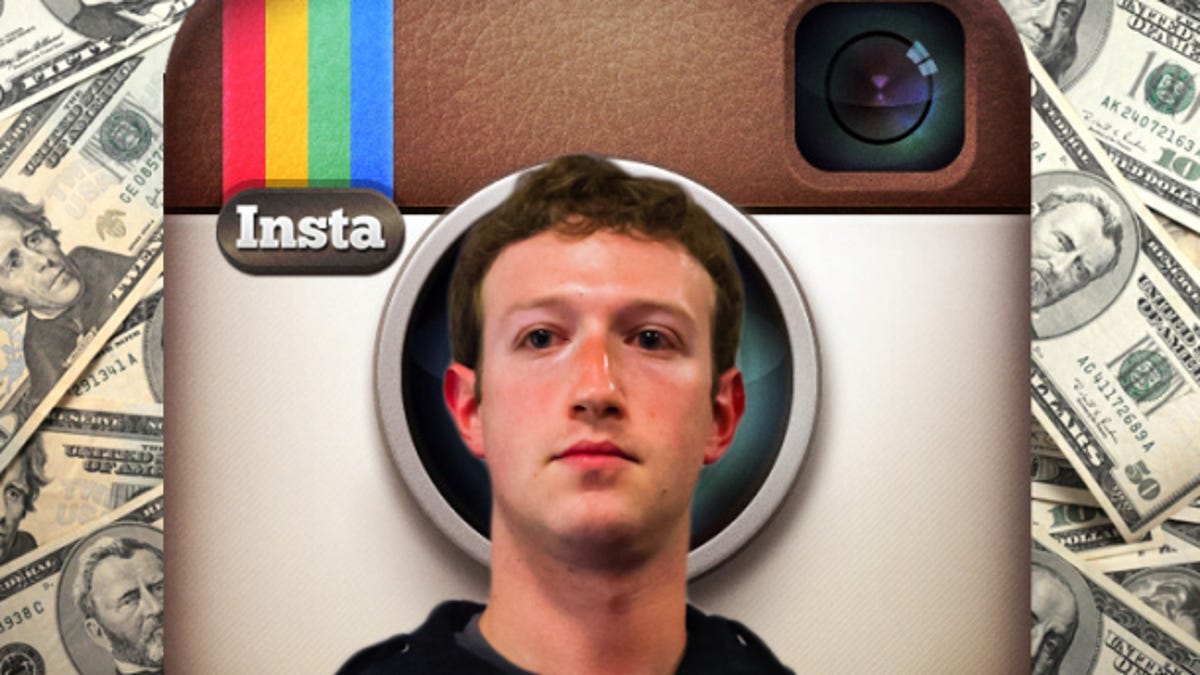How to prevent and respond to a user revolt
Every startup will face an Instagram-style controversy. But how do you minimize the damage and prevent it from ever happening again?

The last thing you need as an entrepreneur is for your company to be engulfed in a public controversy. Just ask Instagram, Facebook, Twitter, Path, Airbnb, Geeklist, and the countless other companies, big and small, that have been the target of press backlash and user vitriol.
It doesn't matter how careful you are: the more successful you become, the more likely it is that you'll make a mistake that ignites the blogosphere. There are ways to minimize the fallout and, more importantly, ways to prevent a large-scale user revolt in the first place.
Let's take Instagram's recent Terms of Service controversy as an example. Here's what happened, from my point of view:
- Instagram decided to change its TOS in order to monetize its product and support advertising. People shouldn't have been surprised. Instagram's been moving toward advertising for a while.
- Some of the new terms weren't clear though. The result was a bunch of panic over Instagram potentially selling users' photos and using those photos in ads.
- Facebook never was going to sell users' Instagram photos and didn't even have the right to. But Facebook/Instagram never posted an explanation about why the changes to the TOS were being made and what each change meant. So people freaked out.
- A few hours later, Instagram responded, explaining that it wasn't going to sell photos and would modify the language of the TOS to reflect user concerns.
During the heat of the controversy, my Twitter feed was filled with people claiming that they either were going to quit or that people were overreacting (I fell into the latter camp). But regardless, it was a sh*tstorm that could and should have been prevented.
So how do you, as an entrepreneur, avoid the kind of mess that engulfed Instagram? I have a few tips:
DO: Anticipate backlash
All redesigns end up with some form of backlash from users, who are always more comfortable with what they already know. Sometimes the backlash is a small one that quickly goes away, sometimes it can really hurt a business, and sometimes it can be downright lethal.
You should always prepare for a potential backlash when you make a big change to your product. The same is true for any changes to your Terms of Service, any addition of ads, and any decisions that could be seen as restricting user choice or infringing on user privacy.
Don't allow yourself to be taken by surprise.
DO: Explain major changes clearly and publicly
Any major changes you make should be accompanied by a blog post that explains the logic behind each change. This blog post should also solicit feedback and indicate that you are listening to user suggestions. Do it even if you don't think it's necessary.
DON'T: Have a knee-jerk reaction
That's exactly what the Geeklist founders did during a recent controversy, and it only made the problem worse. Don't react emotionally. It's better to take an extra few hours to get the facts right and compose a calm response.
DO: Apologize and make changes
That's exactly what Dave Morin of Path did when it was engulfed in a privacy controversy. His calm and apologetic blog post quickly killed the dustup.
You have to not only swallow your pride and apologize but you also have to outline the actions you will take to make sure the mistake will never happen again.
DO: Be transparent
"We've come to expect the same level of transparency and instant access we have to our friends from brands and companies," says PlayAPI founder Julie Fredrickson.
Users are going to find out about your mistakes -- it's better if you take control of a potential controversy before it becomes one. This is an area where Airbnb could have done a better job during the first few weeks of "Ransackgate." Instead of explaining very clearly what happened (a user's house was ransacked and Airbnb didn't do enough to help her), it instead said it wasn't at liberty to discuss the details during the investigation. It eventually became an ugly back-and-forth between Airbnb and the victim.
You can't always avoid these situations. However, being very transparent with both users and anybody affected by the controversy will go a long way toward minimizing any fallout.
"Giving insight into how controversial decisions were made and what the consequences are is critical when an issue emerges," Fredrickson adds. "In the past this may have been viewed as a risky strategy, but it can often diffuse otherwise escalating situations very quickly."

